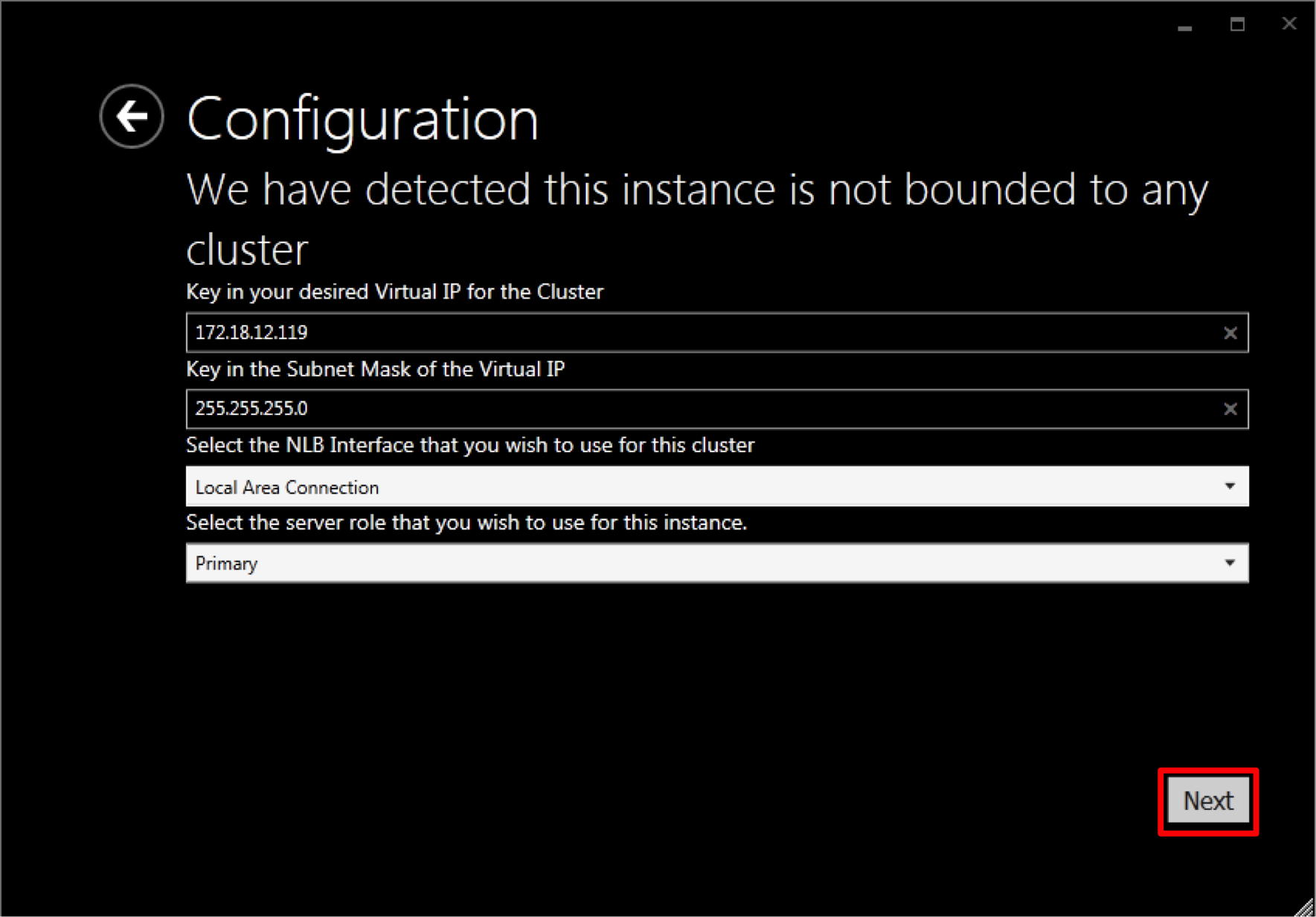
- Intacept desktop how to#
- Intacept desktop install#
- Intacept desktop android#
- Intacept desktop windows 8#


Intacept desktop android#
Let's talk though how HTTPS clients in general manage this kind of trust, see how that works on Android specifically, and then look at how it's possible to get around this and intercept real HTTPS traffic. To do so, it has to automatically ensure that it's trusted by HTTPS clients on Android devices, without breaking security on those devices completely (it would be a very bad idea to simply turn off certificate validation, for example).

This isn't theoretical - HTTP Toolkit does exactly this, automatically intercepting HTTPS from real Android devices, for inspection, testing & mocking. If you want to intercept your own HTTPS on Android, perhaps to capture & rewrite traffic from your Android device for debugging or testing, how do you do that? If you're an admin interested in learning more about the client's features, check out Windows Desktop client for admins.To intercept, inspect or manipulate HTTPS traffic, you need the HTTPS client to trust you.
Intacept desktop how to#
To learn more about how to use the client, check out Get started with the Windows Desktop client. The resources grouped by workspace appear in the Connection Center. Sign in with your user account when prompted. The client finds the URL associated with your email, provided your admin has enabled email discovery. For Workspace URL, use the URL provided by your admin.Select Subscribe with URL from the main page. However, if the client detects additional Azure Resource Manager resources, it adds them automatically or notifies the user that they're available. The Windows client automatically defaults to Azure Virtual Desktop (classic). To launch the resource once subscribed, go to the Connection Center and double-click the resource.

Intacept desktop install#
Intacept desktop windows 8#
This method doesn't support Windows 8 or Windows 8.1.


 0 kommentar(er)
0 kommentar(er)
